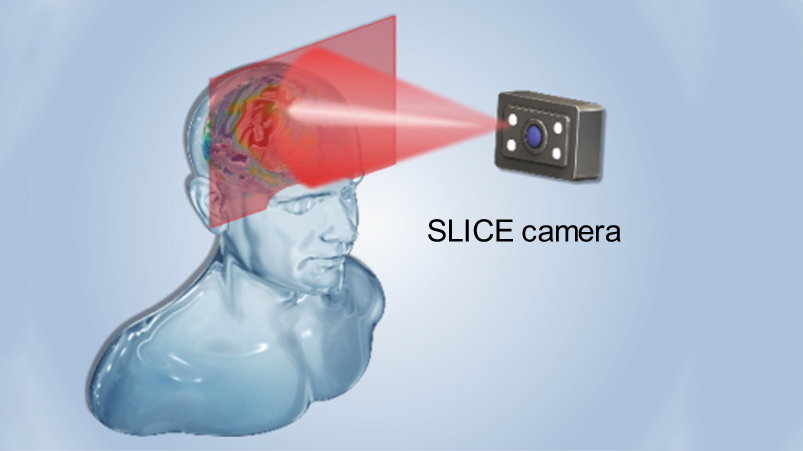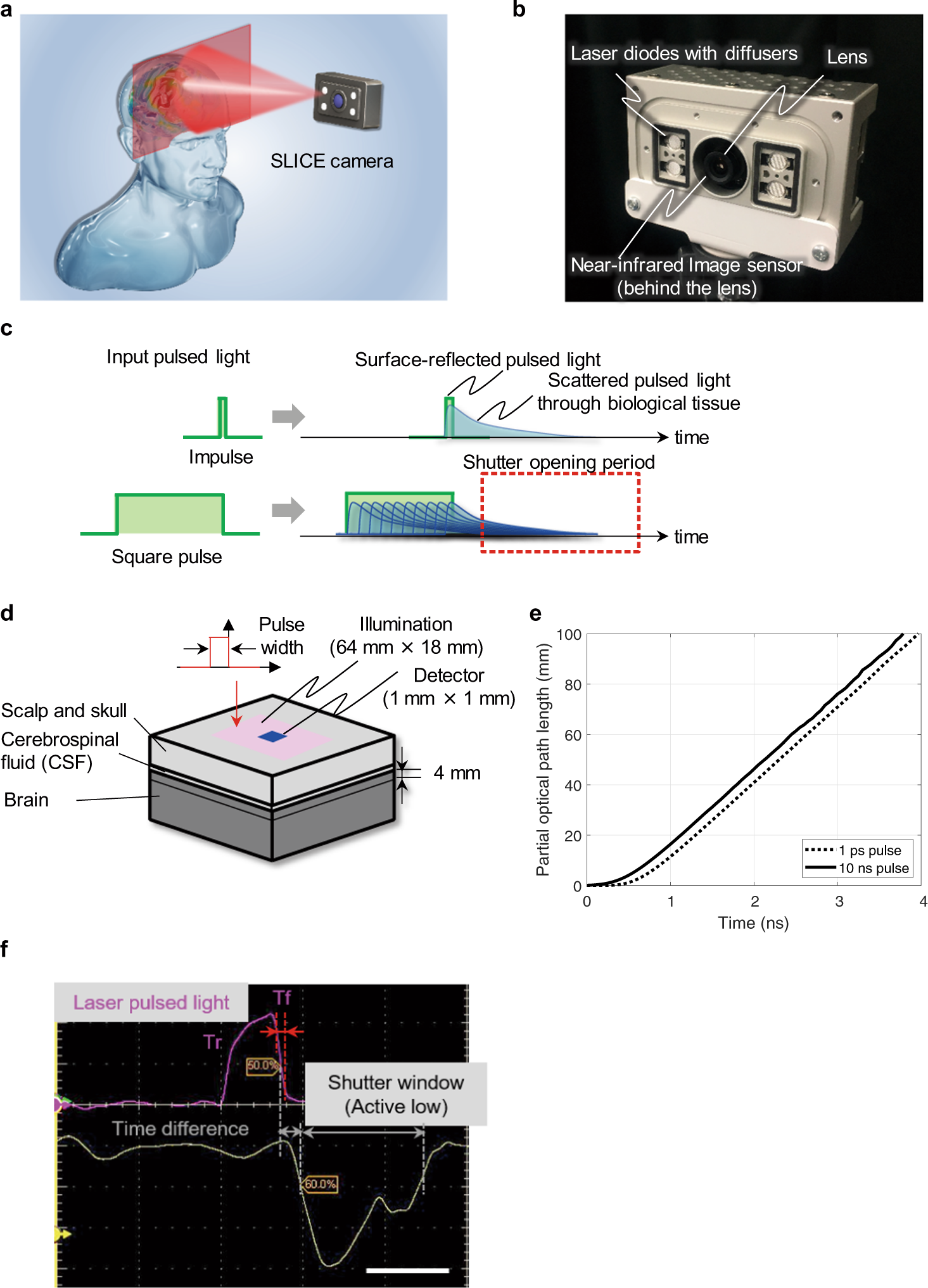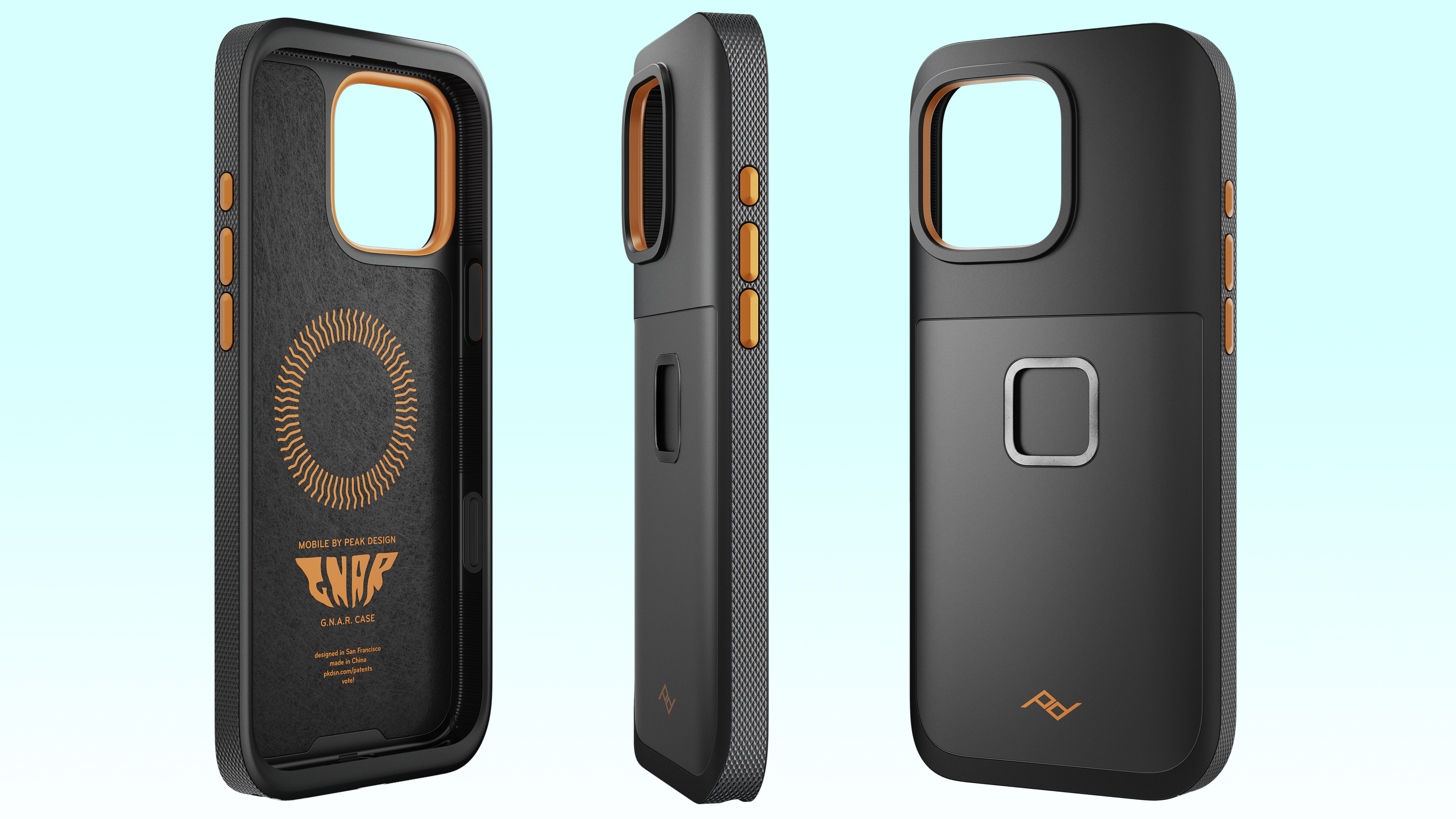This Panasonic camera sensor can read your mind!
The Panasonic-powered SLICE camera promises "a revolution in functional brain imaging techniques"

As recent reports and financial statements from the likes of Olympus and Fujifilm have reminded us, camera manufacturers don't just produce tools for photography; their imaging specialism makes them pioneers in the field of medical technology (indeed, this is the core of Olympus' business, with the camera division serving to some extent as an R&D team for optical endeavors).
And so it is that Panasonic technology is the brain behind a new brain-reading camera that's set to revolutionize neuroscience. The SLICE camera (separated-light contactless extraction) can directly acquire brain functional images using ordinary nanosecond laser diodes and a Panasonic compact camera sensor without an image intensifier or physical probes being attached.
In layman's terms, that means it can record functional brain imaging using a non-contact, cost-effective and compact setup, as opposed to the expensive, bulky and inefficient imaging traditional brain imaging tools.
According to the paper, Non-contact acquisition of brain function using a time-extracted compact camera, published on Nature Research (hat tip to 43 Rumors), traditional optical imaging techniques (such as functional magnetic resonance imaging (fMRI) equipment or high-density diffuse optical tomography (HD-DOT)) are costly and can only acquire a limited number of images over a small surface area.

"In this study, we demonstrate functional brain imaging using a compact and affordable setup that employs nanosecond-order pulsed ordinary laser diodes and a time-extracted image sensor with superimposition capture of scattered components. Our technique can simply and easily attain a high density of measurement points without requiring probes to be attached, and can directly capture two-dimensional functional brain images."
The SLICE camera employs image sensor-based capture to record two-dimensional distribution of brain blood flow, without requiring contact with the subject. It comprises a pair of 750-nm laser diode made by Sharp, along with a pair of 855-nm laser diodes manufactured by JDSU.
These emit nanosecond square-pulsed light, which is read by what seems to be a time of flight image sensor from Panasonic with an 11-ns shutter time-window for detecting near-infrared light.
Get the Digital Camera World Newsletter
The best camera deals, reviews, product advice, and unmissable photography news, direct to your inbox!
We'd be lying if we said that we understood the science behind the whole thing, though if you have a freshly brewed cup of coffee and 20 minutes to sit down and digest it, the paper makes for fascinating reading.
The tragedy, of course, is that Panasonic has just announced the sale of its semiconductor unit. The company will sell its sensor business to Taiwan’s Nuvoton Technology Corp for $250 million (£191 million / AU$364 million), so future development of this and other medical technology will be done without its involvement.
Christmas gift guides:
• Photography lover gifts for Christmas: Quirky & unusual Christmas camera gifts
• The 47 best Christmas gifts for photographers
• The best stocking stuffers for photographers

James has 22 years experience as a journalist, serving as editor of Digital Camera World for 6 of them. He started working in the photography industry in 2014, product testing and shooting ad campaigns for Olympus, as well as clients like Aston Martin Racing, Elinchrom and L'Oréal. An Olympus / OM System, Canon and Hasselblad shooter, he has a wealth of knowledge on cameras of all makes – and he loves instant cameras, too.
